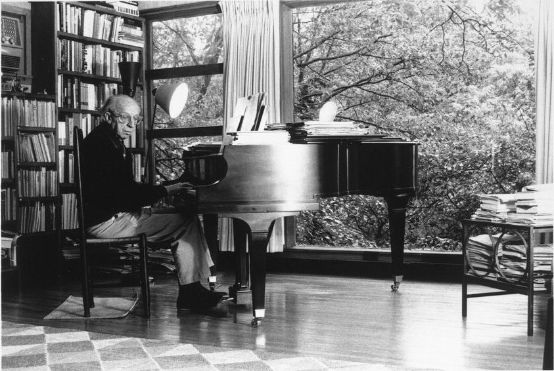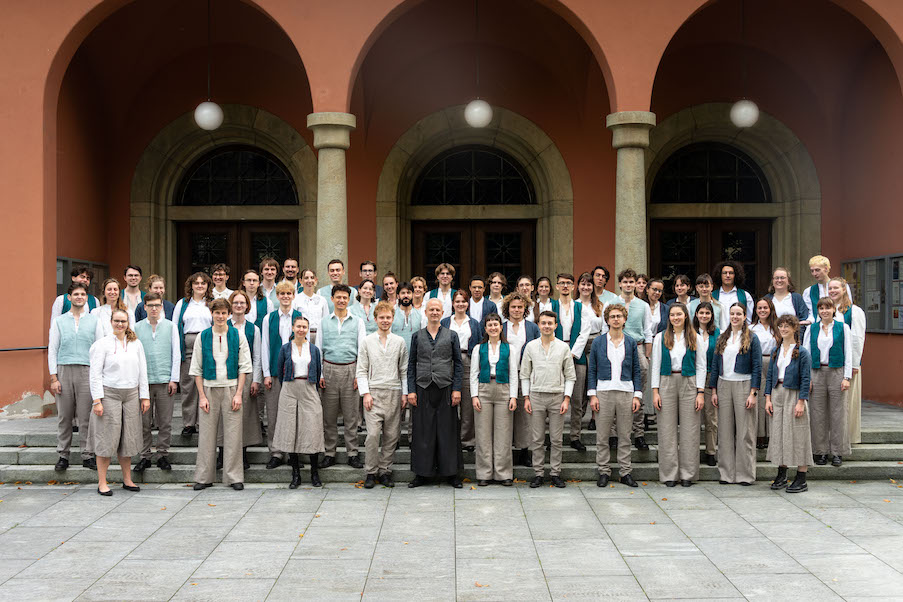New World symphonies
Nicolas Southon's little book has the merit of summarizing musical life in the United States, concentrating on composers and covering popular music (minstrels, ragtimes, musicals, etc.).

In the 17th century, European music was mainly represented by Protestant psalm singing, but instrumental music, initially for private use, began to spread in the following century. Like the colonizers, the first composers came from Europe, while those born in the United States remained for a long time amateurs with little training. From independence (1783), the main cultural centers were Boston, New York and Philadelphia. In the second half of the 19th century, several American musicians (including John K. Paine and Edward MacDowell) returned to teach on the East Coast after their studies in Europe, and this was decisive for the quality of the training of subsequent generations. It was during this period that the main source of income for many American composers became a university professorship.
The discovery and study of Amerindian and Black folklore mitigated the somewhat narrow academicism of the proponents of German Romanticism. The First World War having replaced a taste for German art with an obvious Francophilia, many composers began training in Paris with Nadia Boulanger in the 1920s. Like the previous generation, they were given positions at prestigious universities, where they trained personalities as varied as Leroy Anderson, Leonard Bernstein and Conlon Nancarrow.
Based on the central figure of Aaron Copland, who was delightfully broad-minded (he was convinced that stylistic plurality was constitutive of American music), Nicolas Southon succinctly describes the life and work of post-Romantic composers like Samuel Barber, Howard Hanson, Roy Harris, Gian Carlo Menotti and William Schuman, eclectic composers like David Diamond and Ned Rorem, "modernists like Ruth Crawford and Carl Ruggles, serialists like Milton Babbitt, experimentalists like Henry Cowell, Charles Ives and Harry Partch, free thinkers like John Cage, George Crumb, Conlon Nancarrow and Edgard Varèse, minimalists like John Adams, Philip Glass and Steve Reich, and jazz/classical fusionists like Leonard Bernstein, George Gershwin and Gunther Schuller.
The author also examines the more or less profound influence of European musicians on American tours, guest composers such as Dvorak, and composers who had taken refuge or settled permanently in the USA, such as Bartók, Bloch, Milhaud, Schönberg, Varèse and many others. Special chapters are devoted to opera, film music (which, from Erich Wolfgang Korngold to John Williams, perpetuates the German post-Romantic style, including the use of leitmotivs), and the Broadway-centric musical, illustrated by composers such as Bernstein, Gershwin, Jerome Kern, Cole Porter and Kurt Weill, whose tunes were quickly reused as "standards" for jazz.
Nicolas Southon, Symphonies of the New World - Music in the United States, 200 p., € 15.00, Fayard/Mirare, Paris 2014, ISBN 9782213681009









